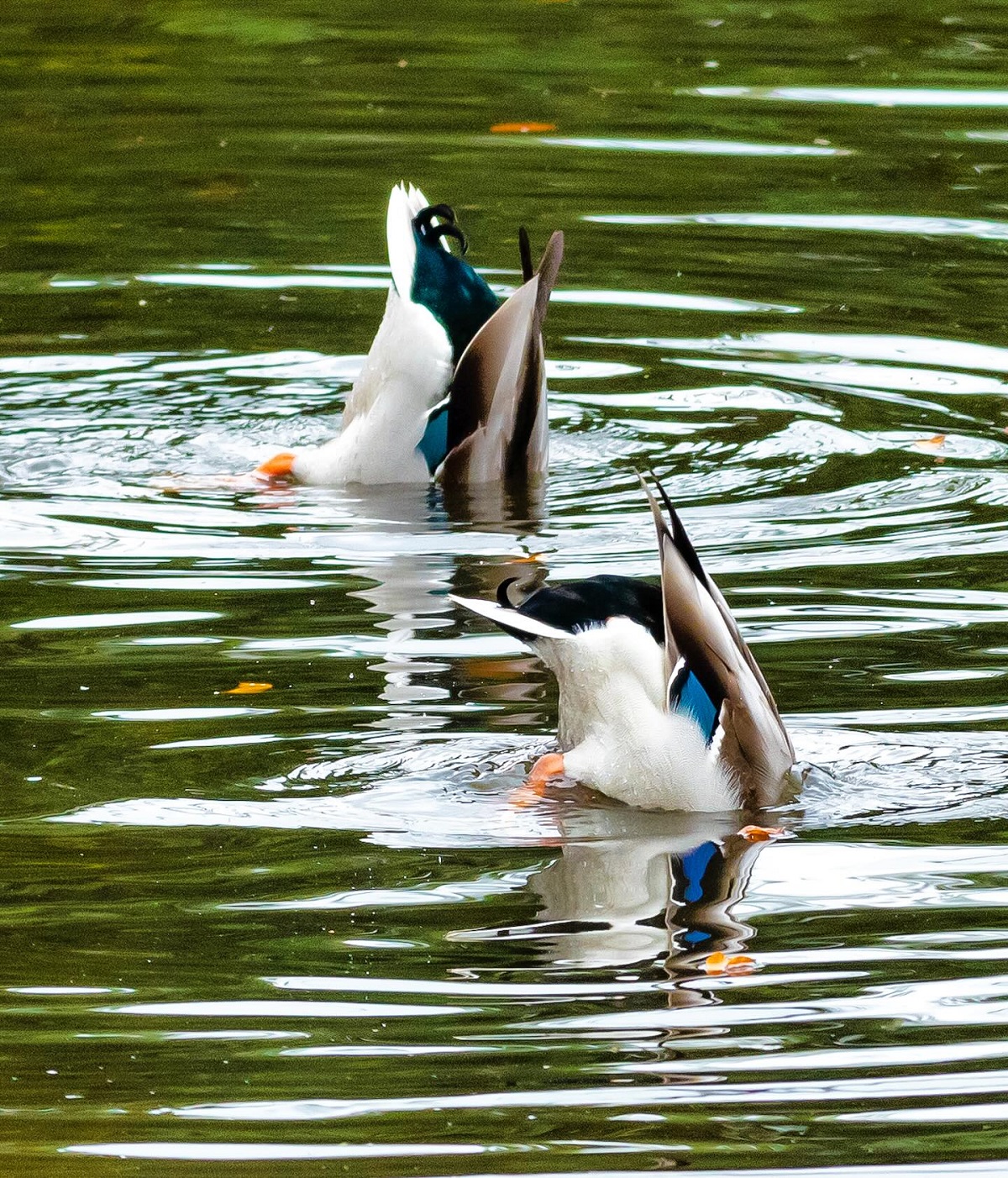By Bob Salisbury
It gets dark early this far north in Ireland, so, to count the number of wild duck coming to the ponds means getting into the hide no later than four in the afternoon.
The hut is well-placed on the edge of the lake, and being warm, dry, free of drips and windproof is a touch of luxury when watching wildlife.
Inside, comfortable on the old Mercedes car seats, the camouflage curtains lowered, tea from the flask poured, we settled down to await the first mallard of the evening.
The small lake in front of us is no longer the muddy hole it was when the diggers had first done their work, and the alders and willows now frame the banks as mature trees.
We have marvelled at the speed at which those tiny whips have grown, and how quickly they were able to add structure and interest to the landscape.
The advice given to us by one cynic at that time still raises a smile: “A man who plants a tree never lives to sit under it,” he said.
He was wrong, of course.
Ireland grows great trees, and it grows them quickly.
In the 20 years that we have been planting our wildlife area, many of the first saplings are now large enough to sit under, and the most vigorous could easily support a substantial tree-house.
But that’s not really the point.
Trees are an essential part of our ecosystem, and in Ireland, we haven’t got nearly enough of them.
Insects thrive in the leaf mould at their base; all manner of creatures inhabit the bark; birds find sanctuary and nest sites in their foliage; and, in the autumn, the berries they produce feed our thrushes and fieldfares.
From basement to roof top, trees are nature’s high rise where life thrives in every room.
Without a doubt, they are one of the best resources to bring new hope to our damaged countryside.
The mallard were late arriving, and temperatures plummeted while we waited, but, as yet, there was no action.
Earlier, we had fed the margins of the ponds with barley so we were sure that wild duck would soon arrive.
In any case, we were quite happy to sit still and watch.
Time in the countryside to stand and stare is a real treat; a journey into a magic realm, especially here, where the world is silent, disturbed only by the rooks heading home and the mournful cry of a lonely lapwing.
The dogs heard them first, both heads turning in unison as a party of mallard passed somewhere overhead in the darkening sky.
We could see or hear nothing, but these Labradors knew duck were approaching, so we sat motionless, listening and watching. A party of five mallard arrived in a rush of wings as if from nowhere.
One second, the sky was empty, the next, the ducks were skimming across the last of the lighted sky in search of a landing place.
In the still night air, it didn’t need the sharp ears of dogs to hear the next party because they came in with the whoosh of an express train, and pitched in beside the earlier arrivals.
A group of teal then flittered by, jostling for position like bats, and were followed a few seconds later by more mallard.
We suddenly had the suspicion that this was going to be an exceptional night for duck, and we were about to witness a wildfowl spectacular.
We lost count of how many turned up that night, and what this experience shows is that given a suitable habitat, a regular food supply and undisturbed safety, wildlife is unbelievably resilient.
A few years ago, it was a rare event to see a wild duck in this area, but once they found us and liked what was on offer, the end result was the reward we experienced that evening.







